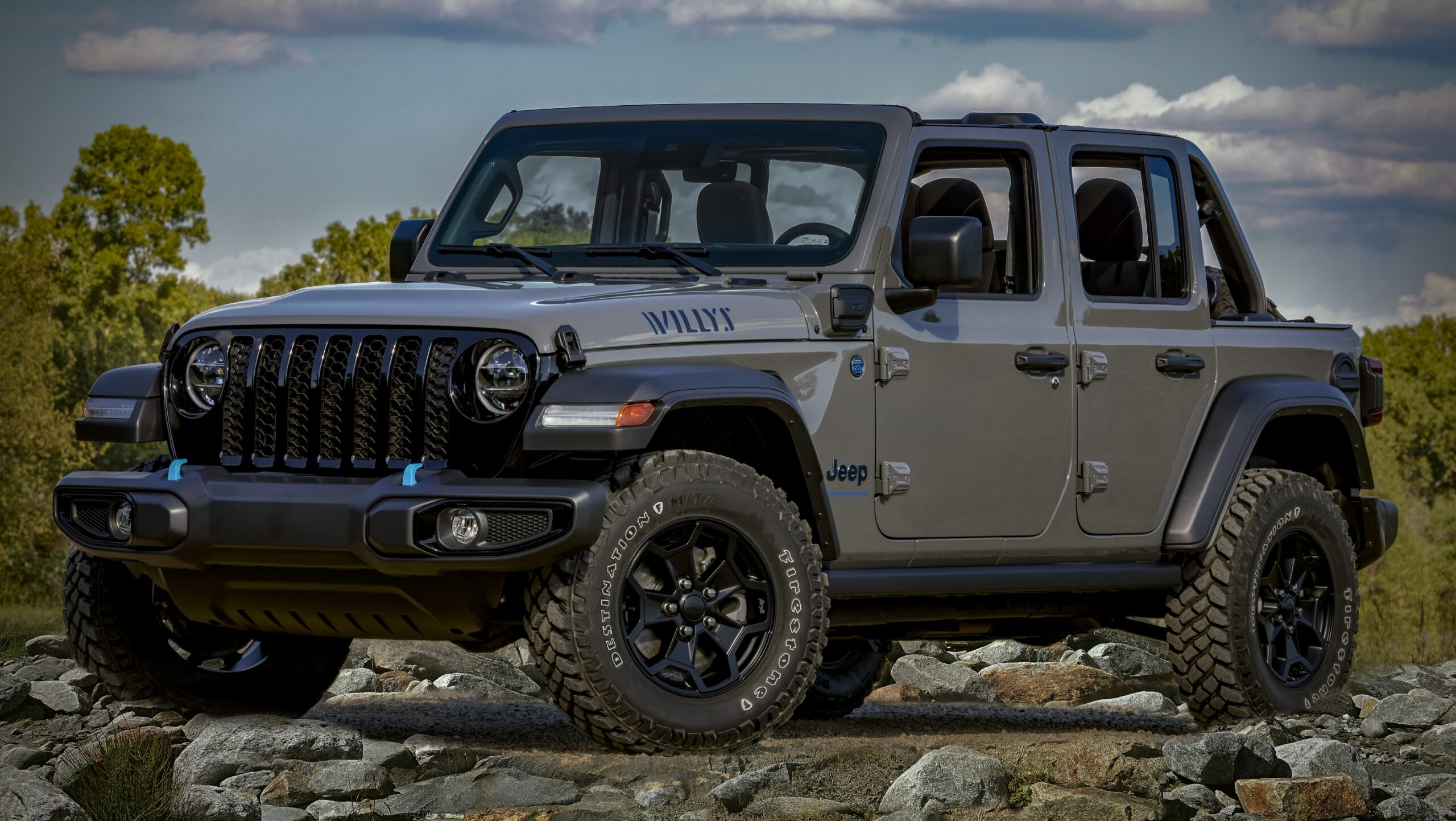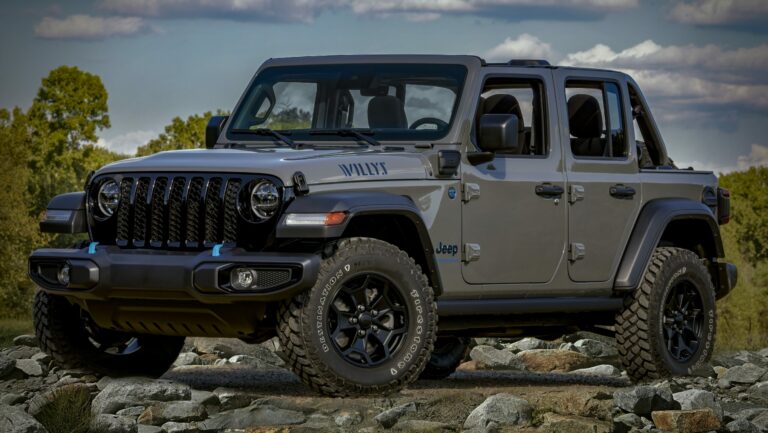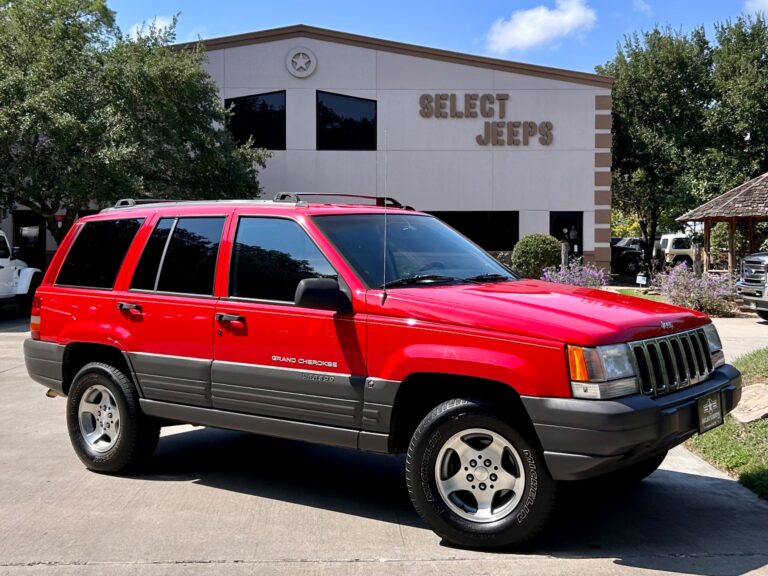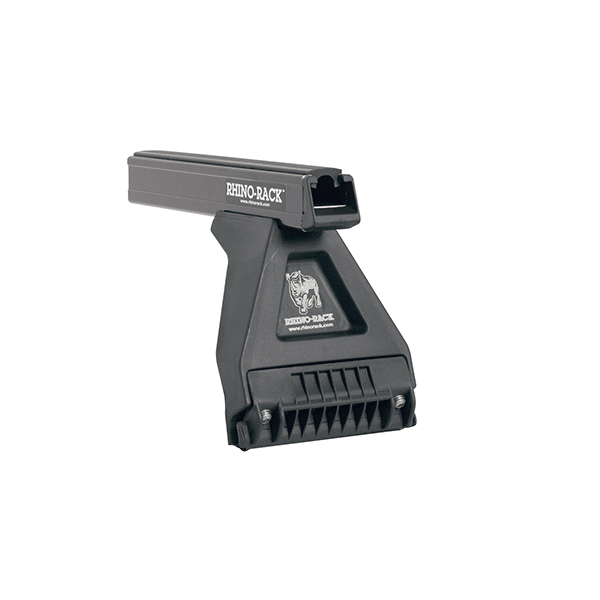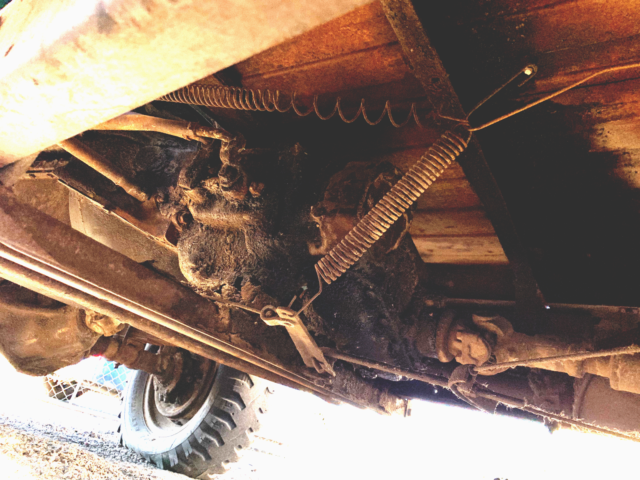Jeep Cherokee Rear Hatch For Sale: Your Comprehensive Guide to Replacement and Restoration
Jeep Cherokee Rear Hatch For Sale: Your Comprehensive Guide to Replacement and Restoration jeeps.truckstrend.com
The Jeep Cherokee, an icon of American automotive ruggedness and versatility, has graced roads and trails for decades. From the utilitarian XJ to the modern KL, these vehicles are beloved for their go-anywhere spirit. However, like any cherished possession, parts can wear, rust, or suffer damage over time. One of the most frequently sought-after replacement components is the Jeep Cherokee Rear Hatch. Whether due to an accident, persistent rust, or simply the desire for a fresh look during a restoration, finding the right rear hatch for sale can be a pivotal step in keeping your Cherokee functional and looking its best.
This comprehensive guide will delve into everything you need to know about purchasing a Jeep Cherokee rear hatch, from understanding the different generations and sourcing options to crucial considerations for a successful installation and common challenges you might encounter.
Jeep Cherokee Rear Hatch For Sale: Your Comprehensive Guide to Replacement and Restoration
Why You Might Need a Replacement Rear Hatch: Common Scenarios
The rear hatch of a Jeep Cherokee is more than just a door; it’s a critical component housing the rear window, wiper assembly, third brake light, and often, the defroster elements. Given its exposure to the elements and its role in daily use, several common issues can necessitate a replacement:
- Accident Damage: Rear-end collisions are a primary reason for needing a new hatch. Even minor impacts can cause significant dents, cracks, or misalignment that are difficult and costly to repair.
- Rust and Corrosion: Particularly prevalent in older XJ models and Cherokees from regions with harsh winters and road salt, rust can eat through the metal, compromising structural integrity and aesthetics. This often starts around the window seals or the lower lip.
- Component Failure: While individual components like the wiper motor, latch, or gas struts can be replaced, sometimes the wiring harness within the hatch fails, or the defroster grid becomes irreparable, making a full hatch replacement a more cost-effective solution than piecemeal repairs.
- Theft or Vandalism: Broken glass or forced entry can render the hatch unusable and compromise vehicle security.
- Restoration or Customization: For enthusiasts restoring an older Cherokee, a pristine rear hatch can significantly enhance the vehicle’s overall appearance. Some might even seek a specific color or a hatch without a wiper for a cleaner look.

Navigating the Generations: Understanding Your Cherokee’s Hatch Variations
A critical first step in your search is accurately identifying the generation of your Jeep Cherokee. Rear hatches are not interchangeable between different generations due to varying designs, dimensions, and mounting points.
- Jeep Cherokee XJ (1984-2001): This iconic, boxy generation is known for its rugged simplicity. XJ hatches are often prone to rust, especially around the lower edges and window frame. They are typically simpler in terms of wiring compared to newer models.
- Jeep Liberty KJ (2002-2007): The KJ, sold as the Liberty in North America, introduced a more rounded design. Its rear hatch often features a separate, independently opening glass window (flip-up glass) in addition to the full swing-up hatch.
- Jeep Liberty KK (2008-2012): The second-generation Liberty, the KK, carried over some design cues but had distinct body panels, including its rear hatch, which is not interchangeable with the KJ.
- Jeep Cherokee KL (2014-Present): The modern KL Cherokee features a sleeker, more aerodynamic design. These hatches are often more complex, incorporating features like power liftgate mechanisms, integrated cameras, and sophisticated wiring harnesses.

Crucial Advice: Always double-check the year and model of your Cherokee against the compatibility of the rear hatch you are considering. A VIN (Vehicle Identification Number) check can sometimes help confirm part numbers, though this is more common for new OEM parts.
![]()
Where to Source Your Jeep Cherokee Rear Hatch For Sale
Finding the right rear hatch involves exploring various avenues, each with its own advantages and disadvantages:
- Used Parts from Salvage Yards/Auto Recyclers:
- Pros: Most cost-effective option. You can often find a complete hatch with glass, wiring, and sometimes even the original paint. Allows for physical inspection.
- Cons: Condition can vary greatly. Rust, dents, and missing components are common. Limited stock, so you might need to call several yards. Shipping from distant yards can be expensive.
- Online Marketplaces (eBay, Facebook Marketplace, Specialized Forums):
- Pros: Vast selection, potentially nationwide reach. Can find specific colors or rare variations. Often from private sellers or smaller parts dealers.
- Cons: Difficult to physically inspect. Rely heavily on seller photos and descriptions. Shipping large items like a hatch can be very expensive and prone to damage. Risk of scams or misrepresented items.
- Aftermarket Suppliers:
- Pros: New, often unpainted, ensuring no hidden rust or damage. Potentially more affordable than new OEM.
- Cons: Full aftermarket hatches are less common than individual components (e.g., glass, latches). Quality can vary between manufacturers. Fitment might not be as precise as OEM.
- New OEM (Original Equipment Manufacturer) Parts:
- Pros: Perfect fit and finish guaranteed. Highest quality and durability.
- Cons: Extremely expensive, often costing more than the value of older Cherokees. Full OEM hatches are frequently discontinued for older models, making them very hard to find new. More commonly, you’ll find individual OEM components (glass, latches, etc.).
Critical Considerations Before You Buy
Purchasing a rear hatch is a significant investment in time and money. Here’s what you need to meticulously inspect and confirm:
- Overall Condition: Beyond obvious dents, look for subtle warping, repair attempts, and hidden rust, especially around seams and under seals.
- Paint Match: If buying a used painted hatch, assess how well the color matches your vehicle. Even the same factory color can look different due to sun fading or previous repairs. Consider buying an unpainted hatch if you plan a full repaint.
- Glass Integrity: Ensure the rear window is intact, free of cracks or deep scratches. Check the defroster lines for any breaks or damage.
- Internal Components:
- Latch Mechanism: Does it operate smoothly? Is the wiring for the latch sensor intact?
- Hinges: Are they straight, free of rust, and show no signs of bending?
- Wiring Harness: This is crucial. Ensure the complete wiring harness for the wiper motor, defroster, third brake light, and any power liftgate features is present and undamaged. Compatibility with your vehicle’s specific trim level (e.g., with or without power liftgate) is vital.
- Wiper Motor and Arm: Often included, but confirm functionality.
- Third Brake Light: Present and unbroken.
- Lift Struts/Gas Shocks: These are the hydraulic cylinders that hold the hatch open. While often included, they are frequently worn out and will likely need to be replaced, so factor this into your budget.
- Shipping and Logistics: Rear hatches are bulky and heavy. Freight shipping can be expensive and carries a risk of damage in transit.
- Packaging: Ask the seller about their packaging methods.
- Insurance: Always opt for shipping insurance.
- Inspection upon Arrival: Crucially, inspect the hatch thoroughly for damage before signing for delivery. Once you sign, it’s very difficult to claim shipping damage. Local pickup is always preferred if feasible.
The Installation Process: DIY vs. Professional
Once you have your replacement hatch, the next step is installation. This can be a moderate DIY project or a task best left to professionals.
DIY Installation (Requires Patience and a Helper):
- Tools Needed: Socket set, wrenches, trim removal tools, possibly a torque wrench.
- Steps (General):
- Disconnect the battery to prevent electrical shorts.
- Remove interior trim panels to access wiring and hinge bolts.
- Carefully disconnect all electrical connectors (wiper, defroster, brake light, power liftgate).
- Support the hatch (a helper is invaluable here) while unbolting the lift struts and then the main hinge bolts.
- Carefully remove the old hatch.
- Reverse the process for installation of the new hatch, ensuring all wiring is properly connected and routed.
- Test all functions (wiper, defroster, lights, latch).
- Practical Advice: Take photos or videos during disassembly to aid reassembly. Lubricate hinge pins if necessary. Be mindful of wiring harnesses to avoid pinching.
Professional Installation:
- Pros: Expertise, proper tools, warranty on labor, peace of mind. They can handle potential electrical issues or precise alignment.
- Cons: Higher cost.
Tips for a Smooth Transaction
- Ask Detailed Questions: Don’t hesitate to ask for more photos, videos, or specific details about the hatch’s history, any previous repairs, or its exact dimensions.
- Verify Seller Reputation: Check reviews for online sellers or ask for recommendations for salvage yards.
- Get it in Writing: If possible, obtain a written agreement on the condition, inclusions, and return policy.
- Negotiate: Especially with used parts, there’s often room for negotiation on price.
Common Challenges and Solutions
- Finding the Exact Match: Sometimes, a specific color or trim level hatch is hard to find.
- Solution: Consider buying an unpainted hatch and having it painted locally, or be prepared to wait for the right used part to surface.
- Shipping Damage:
- Solution: Insist on robust packaging and shipping insurance. Inspect thoroughly before signing. If damaged, refuse delivery or document extensively for a claim.
- Electrical Compatibility Issues: Even if the hatch fits physically, wiring harnesses can differ between years or trim levels.
- Solution: Thoroughly compare wiring diagrams if available, or consult with a qualified auto electrician. Sometimes, minor rewiring or component swapping is necessary.
- Worn-Out Lift Struts:
- Solution: Budget for new lift struts regardless of whether the used hatch comes with them. They are relatively inexpensive and critical for safety and convenience.
Jeep Cherokee Rear Hatch Price Guide
The cost of a Jeep Cherokee rear hatch varies significantly based on the generation, condition, inclusions, and source. The following table provides estimated price ranges for a complete used rear hatch (including glass, basic latch mechanism, and wiring harness, but excluding new lift struts, which are often purchased separately).
| Jeep Cherokee Generation | Condition | Price Range (USD) | Key Inclusions (Typical) | Notes |
|---|---|---|---|---|
| XJ (1984-2001) | Used | $150 – $500 | Glass, Latch, Wiper Motor, Basic Wiring, Third Brake Light | Prone to rust; check thoroughly. Simpler electronics. |
| KJ (Liberty, 2002-2007) | Used | $250 – $700 | Glass (often with separate flip-up), Latch, Wiper Motor, Wiring | Check independent glass function. |
| KK (Liberty, 2008-2012) | Used | $300 – $800 | Glass, Latch, Wiper Motor, Wiring | Less common than XJ/KJ; may be harder to find. |
| KL (2014-Present) | Used | $500 – $1500+ | Glass, Latch, Wiper Motor, More Complex Wiring, sometimes Power Liftgate Motor, Camera | Varies significantly with trim level and features (e.g., power liftgate, camera). |
| New OEM (Any Gen) | New | $1000 – $3000+ | Bare Hatch (unpainted), no components (often) | Extremely rare to find complete new assemblies for older gens. Prices are for bare shells or individual components. |
Note: These prices are estimates and do not include shipping costs, which can add hundreds of dollars due to the size and weight of the item. Installation labor is also extra if you opt for professional service.
Frequently Asked Questions (FAQ)
Q1: Can I use a rear hatch from a different year Jeep Cherokee on my vehicle?
A1: You can only use a rear hatch from the same generation of Jeep Cherokee. Hatches are NOT interchangeable between XJ, KJ, KK, and KL generations due to significant differences in design, dimensions, and mounting points. Within the same generation, minor year-to-year differences might exist (e.g., wiring changes), so always verify compatibility.
Q2: Does a used rear hatch typically come with the glass and internal components?
A2: Most used rear hatches sold from salvage yards or online will come complete with the rear glass, internal latch mechanism, and the wiring harness. However, always confirm this with the seller. Components like the wiper motor, third brake light, or power liftgate motor might be missing or non-functional, so inspect or inquire specifically.
Q3: How much does shipping a Jeep Cherokee rear hatch cost?
A3: Shipping costs for a rear hatch are substantial due to its size and weight. It typically requires freight shipping, which can range from $200 to $600+ within the continental US, depending on distance and carrier. Local pickup is always the most economical option.
Q4: Is installing a new rear hatch a difficult DIY project?
A4: It’s a moderate DIY project. It requires basic hand tools, patience, and ideally, a second person to help lift and align the hatch. Disconnecting and reconnecting the wiring harness correctly is crucial. If you’re uncomfortable with automotive electrical work or heavy lifting, professional installation is recommended.
Q5: Are the lift struts included with a used rear hatch, and do I need new ones?
A5: Lift struts (gas shocks that hold the hatch open) may be included with a used hatch, but they are often worn out and no longer hold the hatch up reliably. It’s highly recommended to budget for and purchase new lift struts as a separate item, as they are relatively inexpensive and essential for safety and convenience.
Conclusion
Finding the right Jeep Cherokee rear hatch for sale is a journey that requires careful research, attention to detail, and often, a bit of patience. By understanding the specific needs of your Cherokee’s generation, knowing where to look, and meticulously checking the condition and compatibility of any potential purchase, you can ensure a successful replacement. Whether you’re battling rust, recovering from an accident, or embarking on a full restoration, a properly functioning and visually appealing rear hatch is key to maintaining the integrity and enduring appeal of your beloved Jeep Cherokee. With the right information, you can confidently navigate the market and get your Cherokee back to its prime.
